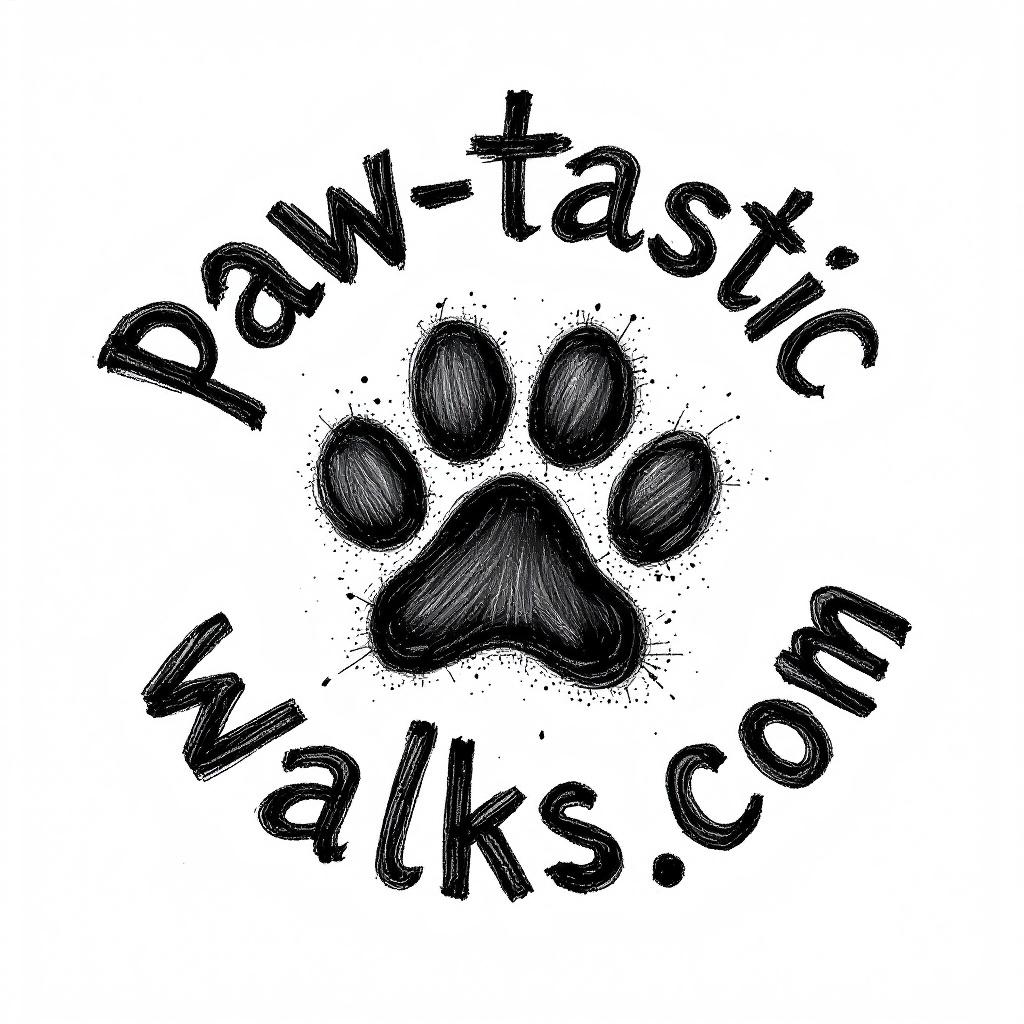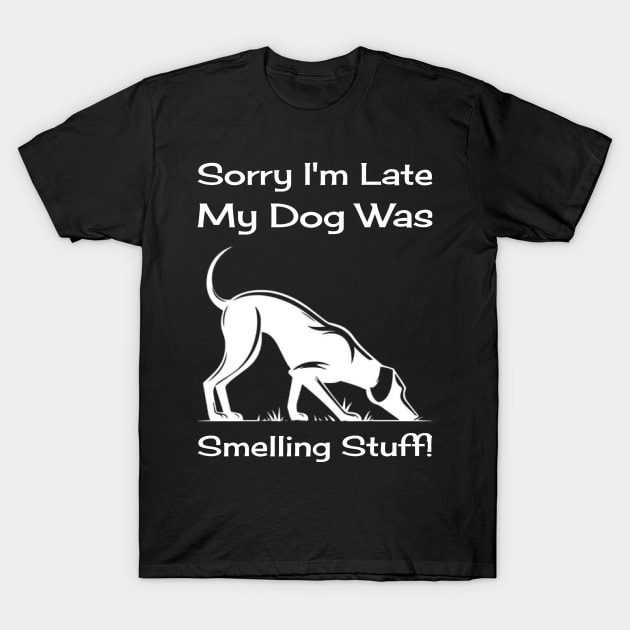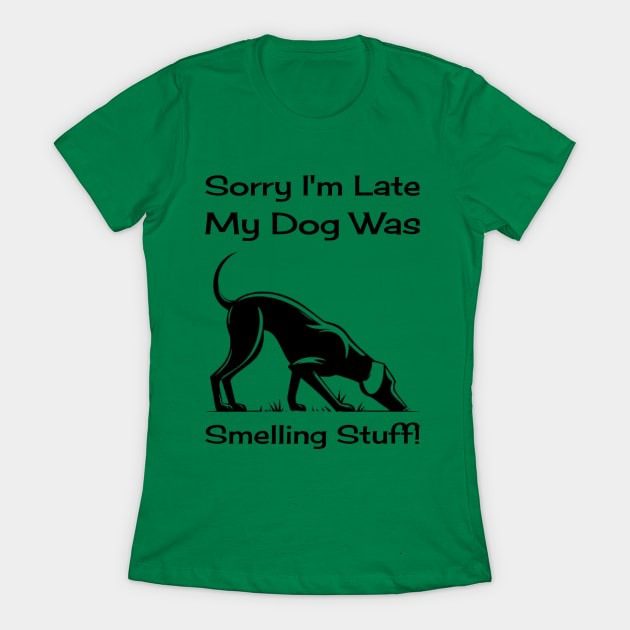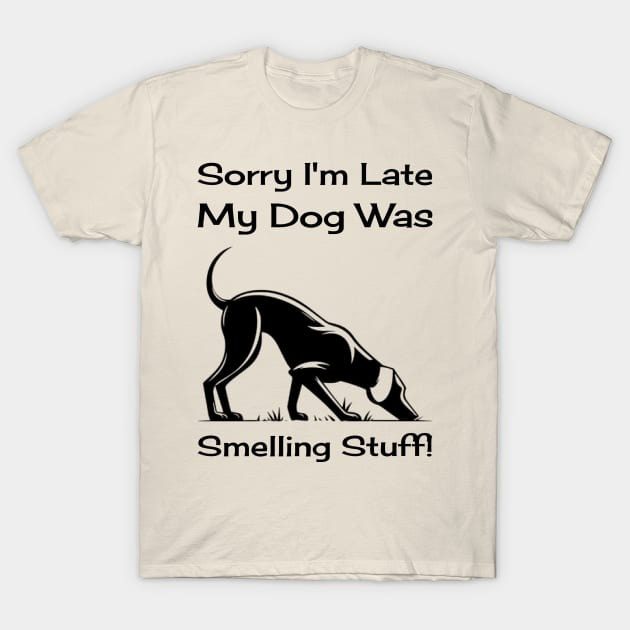How to Spot and Soothe Your Pup on Daily Dog Walks in East Cornwall
Hello to all East Cornwall dog lovers! Dogs can’t tell us with words when they’re nervous, but their body language speaks volumes.
Spotting the early signs a dog is stressed matters for every caring owner, whether you’re taking part in daily dog walks or searching for a reliable dog walker.
Recognising stress during group dog walks or even with puppy walking services keeps your companion happy and safe.
This knowledge helps you choose the right dog walking services and a professional dog walker who understands canine behaviour.
A stress-free walk means better health, better fun, and more peace of mind on every outing.
By learning what stress looks like, you’ll support your pup and get the most out of dog exercise services, from local dog walking to finding the best dog walking rates.
Every walk can be a positive experience—for you and your dog’s wagging tail.
If you’re curious about causes or want more tips for spotting anxiety, you’re in the right place, and a quick look at the history of canine behavior can be helpful too.
What Are the Signs a Dog is Stressed?
It can be tricky to read a dog’s mind, but knowing the signs a dog is stressed makes every walk safer and happier.
Whether you’re out with a professional dog walker, searching “pet walking near me,” or joining group dog walks in East Cornwall, these clues help you protect your companion.
Let’s break down the physical, behavioural, and emotional signals so you can spot them quickly, nip stress in the bud, and enjoy every outing together.
Physical Signs of Stress in Dogs
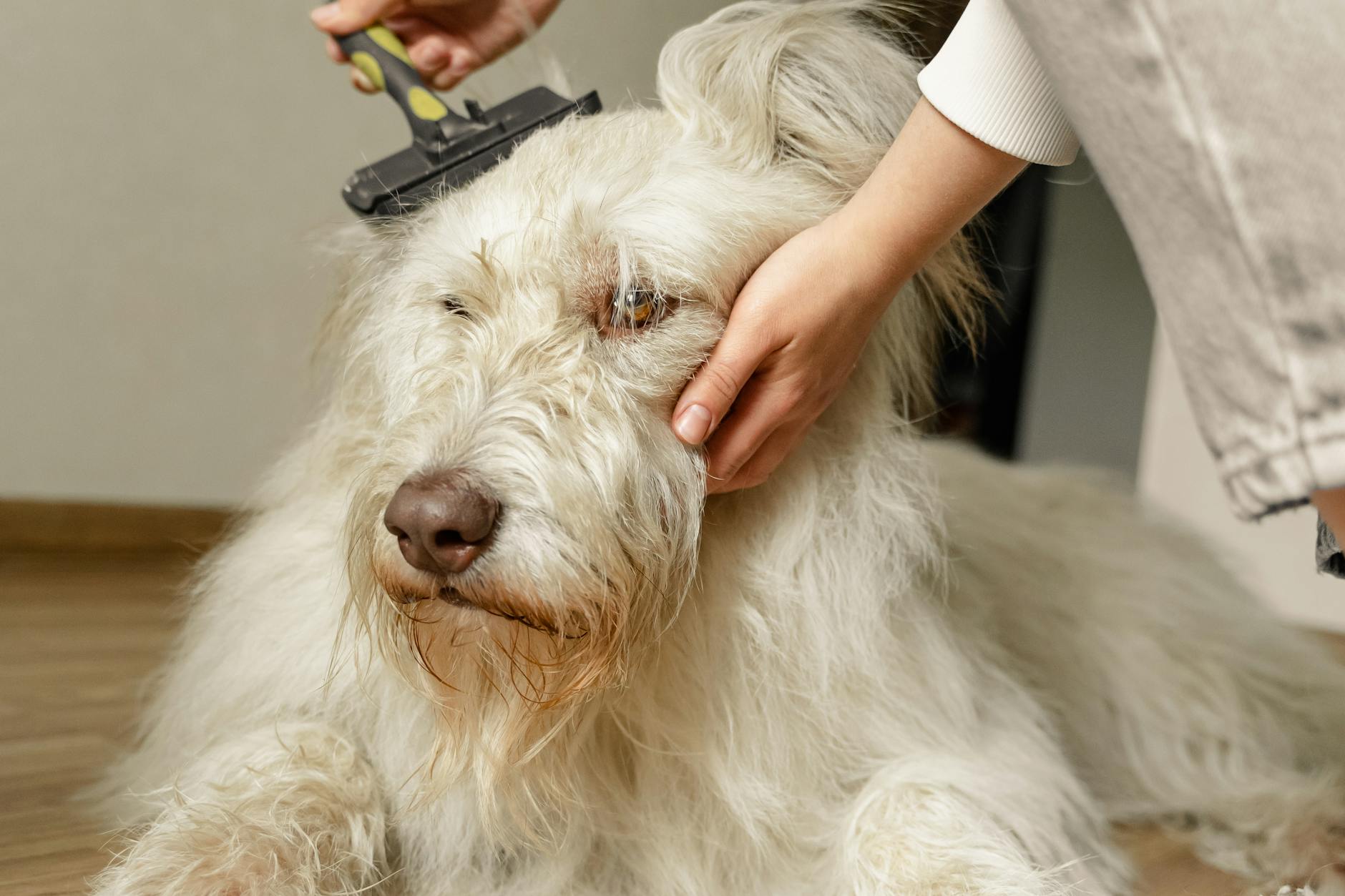
Photo by Yaroslav Shuraev
Some clues are right in front of our eyes—if we know what to look for.
During daily dog walks or while using dog walking services, keep your eyes peeled for:
- Excessive Shedding: Dogs shed more when stressed. If you notice fur flying in the wind on your walks or after a brushing, your pup might be anxious rather than just seasonal.
- Shaking or Trembling: Not just after a bath. Dogs shake when feeling overwhelmed. If your companion shakes in the middle of a peaceful park, they may be dealing with stress.
- Drooling: Saliva usually means a treat is coming, but excessive drooling, especially when walking in a familiar area, can signal nervousness.
- Dilated Pupils: Look at your dog’s eyes. If pupils are large, especially in daylight, this is often a response to feeling threatened or uneasy.
- Tucked Tail: A tail between the legs isn’t just a goofy pose. It often means fear or uncertainty during group dog walks or loud environments.
- Tense Muscles: A stiff body, especially when approached by other dogs or strangers, says your dog isn’t relaxed.
Noticing these signs during an outing with a professional dog walker or searching for “pet walking near me”? It might be time to slow down or let your dog decompress.
For more on handling unexpected physical stress on a walk, see tips for dealing with loose, aggressive dogs.
You’ll find more physical clues and how to help them relax in this handy guide to stress in dogs.
Behavioural Stress Signals
Dogs act out their feelings, and stressed pups show clear changes in behavior.
If you notice anything unusual during daily dog walks, group dog walks, or puppy walking services, pay attention—it might be your dog asking for help:
- Sudden Aggression: If your dog growls or snaps on a walk, especially at dogs or people they usually tolerate, stress is likely at play.
- Avoiding Other Dogs or People: Does your dog veer away from the group, or turn tail from a friendly neighbor? That’s their way of saying “I need space.”
- Freezing in Place: Sometimes a dog just stops and won’t move—tail tucked, eyes wide, body frozen. This is a strong sign they’re overloaded.
- Pulling on the Lead: All dogs get excited, but panic pulling (especially if it starts mid-walk) can be a pacing response to anxiety.
During group dog walks, these actions might look like one dog hanging back, hiding behind the professional dog walker, or refusing to join in play. In puppy walking services, younger dogs might whine or seek shelter behind you.
For ideas on creating safer, less stressful walks, check out how to pick the best dog harness for large dogs to help them feel secure.
Learn more about common behaviour changes and stress triggers in this AKC guide to stressed dogs.
Emotional and Subtle Signs to Watch For
Some dogs don’t shout—they whisper.
Watch for subtle emotional signs, especially before or after using dog exercise services or meeting your reliable dog walker:
- Excessive Licking or Yawning: Dogs lick their lips or yawn when anxious, not just when tired. Repeated licking with no food in sight or big, slow yawns during new situations could mean stress.
- Hiding or Seeking Isolation: If your normally social dog suddenly hides under furniture after a walk, or separates themselves from play, they may need calm and reassurance.
- Abnormal Vocalising: Extra whining, high-pitched barking, or even unusual silence can signal emotional strain.
- Changes in Appetite or Sleep: Does your dog turn away from food after group dog walks? Sleeping more or less can also be a red flag.
Reliable dog walkers often report these subtle cues because they see pets over time and can spot changes in mood.
If your dog has “off” days after dog exercise services—or seems extra clingy before a walk—the cause may be emotional fatigue.
Consider reading more about dog anxiety and what to do about it if these signals pop up. You can always talk with your professional to adapt routines or adjust dog walking rates if less stimulation is best.
If ever in doubt, contact Paw-tastic Walks for advice about your dog’s unique stress signs or to discuss adjustments that support a happier, more relaxed walk.
If you’d like to understand why dogs act this way, the science behind dog emotion and stress responses is quite fascinating and helps build empathy—while also making daily dog walks a smoother, more enjoyable adventure for both of you.
What Causes Dog Stress?
Dogs experience stress much like we do, and the causes can be surprisingly ordinary.
The everyday environment in East Cornwall, with its charming villages and wild countryside, presents both fun and frustration for curious pups.
Understanding what sparks stress on your daily dog walks, group dog walks, or while using dog walking services can make every outing smoother.
Let’s break down the triggers both at home and outdoors, so you and your reliable dog walker stay prepared and your dog stays wagging.
Common Everyday Triggers for Stress
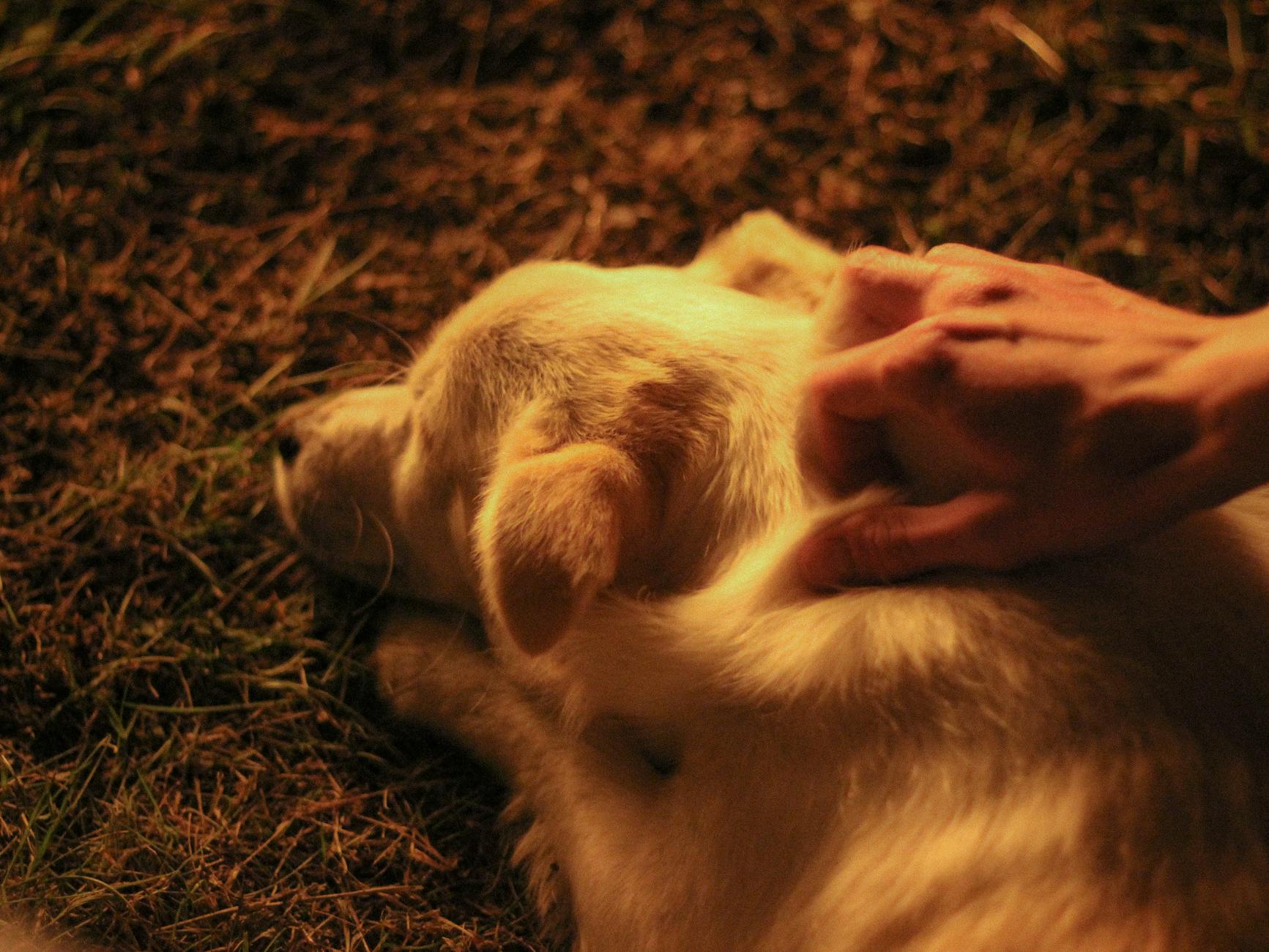
Photo by Маргарита
Everyday situations can quickly add up and overwhelm your dog, sometimes without you even realising.
Here are some of the most common stress triggers:
- New Smells: Dogs rely on their noses, and unfamiliar scents in the park, on gear, or at home can trigger nerves, especially on group dog walks.
- Unfamiliar Dogs: Meeting new faces isn’t always fun. Some dogs need slow introductions or may feel intimidated if other dogs are too energetic.
- Busy Roads: Traffic noises, honking, and sudden engine sounds can startle sensitive pups—even confident ones feel the strain on daily dog walks.
- Separation: Being left alone, even if just for a little while, can cause pacing, barking, or even destructive chewing. This is why reliable dog walking services or puppy walking services keep dogs feeling safer while you’re away.
- High-Energy Walks: Sometimes energetic outings, long hikes, or lots of jogging ramp up stimulation, leading to stress instead of happy tiredness.
- Gear Changes: A new harness or lead may feel strange at first and make some dogs uneasy. Picking the right equipment makes walks less stressful. For tips on what to choose, check out this guide to the best dog harness for large dogs.
If you’ve ever searched for “pet walking near me” or talked with a professional dog walker, you’ve probably discussed how to spot these stressors.
The key is to know which are unavoidable (like traffic sounds) and which you can manage or minimise, such as choosing a quiet walking path or slow introductions to new gear.
For a broader look at the causes and symptoms of dog anxiety, Hill’s Pet offers a detailed explanation.
Get this great design at a great price at our online Merch store!
How Local Dog Walking Situations Contribute
Life in East Cornwall is full of dog-friendly adventures, but local quirks can create surprising stress for your furry friend.
Let’s take a closer look at how our local routines play a part:
- Village Events: Markets, parades, or small festivals fill the air with energy. For a dog, loud voices, sudden music, and crowded pavements can cue stress. Professional dog walkers suggest quieter side streets or early morning strolls when the area calms down.
- Countryside Livestock: Sheep, cows, and even ponies graze along many walking routes. For city dogs or those new to rural life, these large animals (and the smells) can feel intimidating. Always keep dogs on leads in livestock zones and use calming commands learned in puppy walking services.
- Tourist Crowds: During holiday seasons, popular walking spots fill up. New faces, noise, and unpredictable movement are tough for easily startled dogs. Choose less busy routes or take walks at off-peak times.
- Day Trips to the Moor: The Cornish moors are wild and wonderful, but the unfamiliar wide-open space, wind, and scents can be a lot for dogs who love routines. Start with short visits and let your dog explore at their own pace.
Whether you lean on local dog walking services, enjoy daily dog walks with a group, or need a reliable dog walker while working, knowing these triggers prepares you for smoother outings.
Tips like practicing lead manners or using treats for positive reinforcement work wonders in both city and rural settings.
Explore more about safe walking in Cornwall and advice for handling unexpected run-ins with other dogs in this helpful guide on dealing with loose, aggressive dogs during walks.
If you’re curious why certain sounds or environments have such a strong effect on your pet, reading up on dog stress and behavioral science offers a fascinating perspective.
Armed with this knowledge, you and your dog are well on your way to happier, calmer days together—on every walk, near or far.
How to Help a Stressed Dog: Practical Tips
Dogs, just like us, have days where life feels a bit too much. When you spot the signs a dog is stressed during your daily dog walks or while using group dog walks, it’s normal to want to help right away.
Luckily, there are easy and gentle ways to make things calmer, whether you’re on a stroll, at home, or thinking about professional support.
Here’s how you can keep tails wagging and worries at bay.
Stress-Reducing Strategies Before, During, and After Walks

Photo by Anna Tarazevich
Stress can sneak up before you even reach for the lead. Let’s look at simple steps for every stage of your outing:
Before Walks:
- Keep gear familiar. Dogs find comfort in routines and recognizable scents.
- Use calming gear, like a well-fitted harness. For larger breeds, see advice on the best harnesses.
- Offer a quiet moment before the walk. Sometimes, breathing together in calm silence helps.
During Walks:
- Stick to routes your dog knows well if they’re sensitive. Unfamiliar paths can heighten stress.
- Walk shorter or gentler routes, especially if your dog seems down or anxious.
- Give your dog choices. Sometimes letting them choose which way to go can boost confidence.
- Bring a favorite toy or treat for reassurance.
- Track your dog’s location for peace of mind. Tech like the Tractive GPS Dog Tracker means even if your pup bolts out of nervousness, you can find them quickly.
- Stay cheerful and steady. Dogs feed off your vibe!
After Walks:
- Offer quiet time. Some dogs need a “decompression snack” or a favorite comfort treat.
- Gently brush or massage your dog to help them relax.
- Praise and affection go a long way.
If your dog gets easily spooked by loud noises, try playing soft music at home. PetMD’s natural calming tips include music or soothing scents as gentle ways to relax your pet.
When to Seek Professional Help
Sometimes, no matter what you try, the stress hangs around. If you notice the same signs a dog is stressed day after day, it’s time to reach out.
Constant anxiety or sudden changes in your dog’s behavior might mean a deeper problem.
Here’s when to call in the pros:
- Your dog’s stress isn’t getting better after a few days.
- Signs of stress (like shaking, aggression, or hiding) happen more often or are stronger than before.
- You notice physical issues tied to stress, like tummy trouble or not eating.
- Your regular routines aren’t helping, and walks feel like a struggle.
A vet can rule out medical causes and suggest next steps. For ongoing worries, a qualified dog behaviorist can make a huge difference.
They’ll look for patterns and design a plan tailored to your pet’s needs.
If busy workdays or busy routines pile up, a knowledgeable dog walking service can give your dog steady, professional support.
A reliable dog walker or local dog walking team keeps routines predictable and gentle, which reassures anxious pups.
For more advice on recognizing when to talk to a professional, see this overview from VCA Hospitals. If the problem leans towards anxiety, PetMD’s dog anxiety guide covers symptoms and next steps in detail.
Safety First: Keeping Walks Relaxed and Secure
Nerves can make even the friendliest walk feel risky. A little planning means you’ll keep stress low while staying safe.
Some tips for calm and secure outings:
- Avoid crowded or noisy places if your dog is sensitive.
- Watch for off-lead dogs or sudden surprises (like cyclists).
- Bring treats for distraction or redirection.
- Always use a proper lead or harness—skip retractable leads if your dog is jumpy.
- Keep group dog walks small and friendly.
- Review local safety advice, like these practical tips on whether dog walking is dangerous, to feel prepared for anything.
If your dog gets startled, calmly guide them to a safe spot and let them catch their breath. Avoid punishment or harsh corrections—these often raise stress.
Dogs, just like people, benefit from routines, safety measures, and the occasional helping hand.
You can learn more on dog behavior basics from Wikipedia’s canine behavior page.
With the right habits, patience, and support, your dog’s walks can become something they look forward to again—proving that every stressed pup can return to joyful bouncing and tail wags.
Get this great design at a great price at our online Merch store!
Frequently Asked Questions about Stress and Dog Walking Services
Seeing signs a dog is stressed can make any caring owner feel worried, especially when you trust others to care for your pup.
Whether you’re exploring local dog walking, booking group dog walks, or searching for “pet walking near me,” questions around dog stress are common.
Below, you’ll find clear answers and practical advice that put your mind at ease and help you make the most of professional dog walker support.
Can Dog Walking Services Help Reduce My Dog’s Stress?
Yes, quality dog walking services do much more than offer exercise. A professional dog walker knows the signs a dog is stressed and will work through gentle, reassuring routines.
They adapt routes for shy pups, keep group dog walks calm, and help with positive reinforcement.
These steps aren’t just nice extras—they can make all the difference for nervous or high-energy dogs.
Walking with others, especially in a group, teaches dogs social cues and slowly builds confidence.
For younger pets, puppy walking services offer controlled introductions to the world, making new experiences less scary.
Trusted walkers pay close attention and quickly spot early moments of anxiety, so problems don’t grow bigger.
Get this great design at a great price at our online Merch store!
How Do I Know if My Dog Is Too Stressed for Walks With Others?
If your dog shows regular stress symptoms—such as a tucked tail, trembling, or trying to hide during group walks—it’s okay to pause social outings for a while.
Start with solo sessions, then see if your dog is ready for group dog walks later. Signs a dog is stressed during a walk include:
- Refusing to move or “freezing”
- Pulling hard on the lead all of a sudden
- Growing agitated near other dogs
A reliable dog walker should have experience working with shy or anxious dogs, offering smaller groups or quiet routes when needed.
If you ever notice these reactions, chat openly with your walker about changes. For some great practical advice, see this VCA guide on stress signs and what to do about them.
What Should I Ask Before Hiring a Professional Dog Walker?
Choosing the right dog walking services can feel like a lot, especially if you’re looking for help with a nervous pup.
Here are a few smart questions to ask before making a decision:
- How do you handle a dog that’s showing signs of stress?
- Are you comfortable adapting walk lengths or routes for anxious dogs?
- What training do you have in dog behavior and first aid?
- How are group dog walks organized—are dogs carefully matched for temperament?
- What is your policy for emergencies or sudden behavior changes?
Open conversations mean both you and your dog walker can address any worries head-on. Good professionals work closely with owners, offering flexibility and updates.
Checking reviews or asking for references also helps you find a reliable dog walker.
Can Changes in Dog Walking Rates Affect the Quality of Care?
It’s natural to wonder if lower dog walking rates might mean less attention or rushed walks. Reliable dog walking services put your pet’s well-being first—regardless of the price tag.
Professional dog walkers should never cut corners on safety or skip observing the signs a dog is stressed to save time.
Instead of focusing only on rates, look for value in:
- Walk length and group size options
- Training in reading dog body language
- Regular communication and feedback
A great dog walker treats every pup like their own, making your investment in daily dog walks or puppy walking services safe and worthwhile.
For an added level of confidence, learn about safety basics in this guide: Is dog walking dangerous?.
What If My Dog’s Anxiety Gets Worse With Walks?
If you notice stress signs getting stronger—like more frequent shaking or even snapping at other dogs—don’t ignore it.
Take a break from stimulating routes or walk times with lots of triggers. Try shorter, quieter walks or ask your walker for one-on-one sessions.
Tools like calming harnesses can also support anxious dogs (see more tips about gear for big dogs in this best harnesses guide).
Sometimes, a change in walking schedule, service, or walker is needed to find the right fit. If anxiety sticks around, consult your vet.
They may recommend deeper behavior support or tailored training. You can also read advice from the AKC on stress signals and solutions.
Do Professional Walkers Always Spot the Stress Signs I See?
Experienced dog walkers get to know your pet’s normal patterns, which helps them spot changes quickly—sometimes even before you notice at home.
Still, every dog is different. Stay in regular communication with your walker so nothing slips through the cracks.
Many walkers keep simple “report cards” after each visit, letting you know if new stress behaviors crop up.
If you want to be extra sure, tools like the Tractive GPS Dog Tracker help you monitor your dog’s routes and patterns.
This keeps everyone on the same page and reassures worried owners, especially if your dog is shy or easily startled.
Is Pet Walking in the Rain or Bad Weather Stressful for Dogs?
Some dogs don’t mind a drizzle, while others are terrified of wet paws and noisy storms. A tailored approach is best.
Let your professional dog walker know what conditions your dog dislikes, and discuss options for wet or stormy days.
Rainy walks can be safe and even fun with the right waterproof gear and a calm introduction (if you’re unsure, get tips at Can I walk my dog in the rain?).
Honest communication and the right support make all the difference. Dog walking services are here to take pressure off you and your dog—creating plenty of tail wags even on grey days.
For more on the technical side of dog communication and what stress looks like, you can check out this helpful Wikipedia page on dog behavior.
Clear answers, caring professionals, and attentive support keep walks a highlight in your dog’s day—rain or shine.
Get this great design at a great price at our online Merch store!
Conclusion
Recognising the signs a dog is stressed makes every walk safer and more enjoyable—for both people and pups.
Spotting early clues on daily dog walks or during group dog walks allows you to adjust before stress takes over.
Listening to your dog’s body language means fewer anxious days and more tail wags, whether you use puppy walking services, search for “pet walking near me,” or rely on a professional dog walker.
For extra guidance or tailored support, don’t hesitate to reach out about local dog exercise services. Getting help from a reliable dog walker ensures every outing suits your dog’s comfort level.
If you’d like one-on-one advice or want to know more about dog walking rates and safety, contact Paw-tastic Walks for friendly, experienced support.
Noticing and understanding stress is a skill any dog owner can develop, turning challenging moments into positive experiences.
Together, let’s keep our walks fun, peaceful, and full of happy adventures for every dog in East Cornwall.
Thanks for reading—your care makes a world of difference! How will you put these tips into action on your next walk?
For those curious about breed-specific walking advice, check out these Airedale Terrier walking tips, or dive deeper into canine behavior on Wikipedia.
